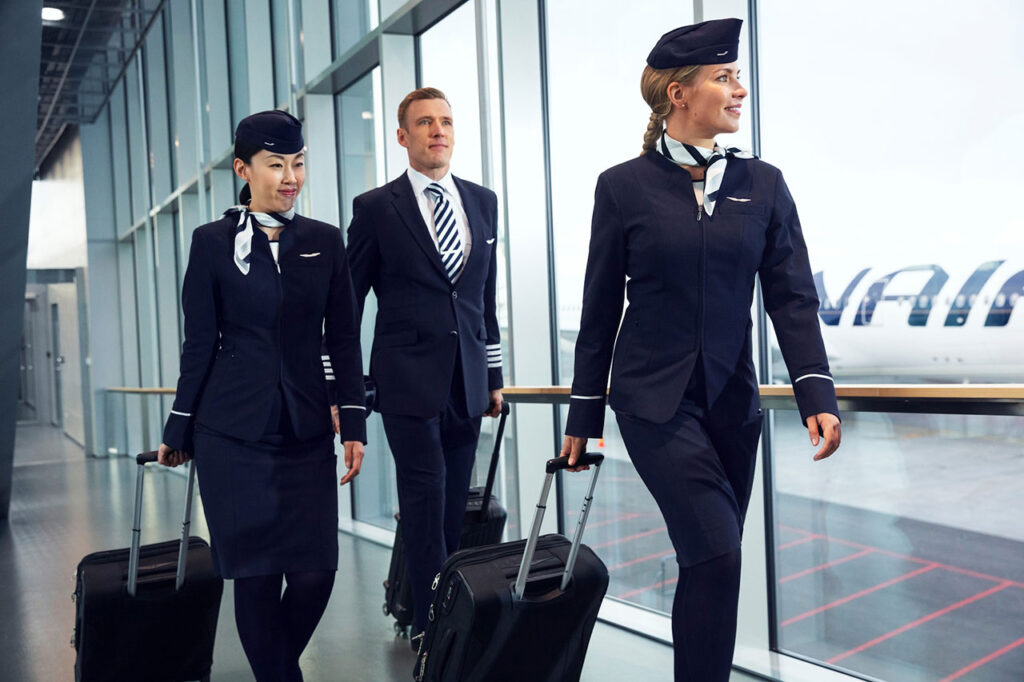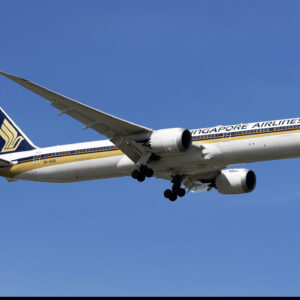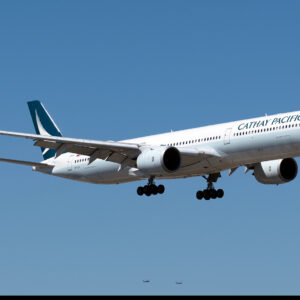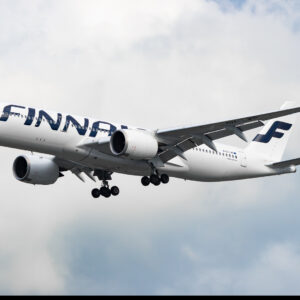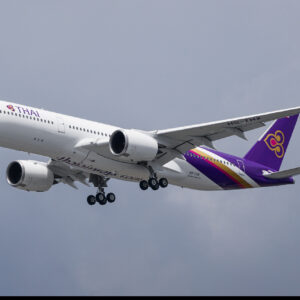Ever wondered what happens when the cabin crew’s feet touch the ground in a new city? The glamour of travel often overshadows the reality of cabin crew layovers. From quick turnarounds to extended stays in exotic locales, the life of a flight attendant is filled with unique experiences.
Let’s take a closer look at cabin crew layovers and uncover what really goes on during these pit stops.
What is a Cabin Crew Layover?
A layover, also known as a stopover, is a scheduled break in a flight itinerary that allows the crew and passengers to disembark and spend time in a connecting city before continuing their journey.
Example: After completing a flight from New York to London, the cabin crew may have a layover in London before operating their next flight.
What is the Minimum Rest Time for Cabin Crew? [1]
Flight attendants are entitled to a minimum of 10 consecutive hours of rest before they complete their duties. Additionally, they should have at least 13 rest periods lasting at least 24 consecutive hours each throughout the three-month period. These regulations ensure that cabin crew members have sufficient rest to perform their duties safely and effectively, regardless of the length of the flight.
What is the Minimum Rest Time on Long-Haul Flights?
For long-haul flights, cabin crew are also entitled to at least 10 consecutive hours of rest before performing their duties. However, they often enjoy a 24-48 hour layover in destination cities, with sufficient time for sightseeing, rest and recovery.
What Amenities and Services are Provided During Layovers?
Accommodation
Airlines provide accommodation for cabin crew during layovers, ranging from hotels to crew rest facilities. Crew members may stay in centrally located hotels with amenities such as gyms, pools, and complimentary meals.
Related: Where Do Cabin Crew Reside? Discover Available Options.
Transportation
Airlines arrange transportation for cabin crew between the airport and their accommodation during layovers. Shuttle buses or taxis may be provided to transport crew members to and from their hotels, ensuring convenience and safety.
Breakfast
Many hotels offer complimentary breakfast options for cabin crew, providing a nutritious start to the day before their next flight. Crew members can enjoy a variety of breakfast selections, including continental buffets, made-to-order omelettes, and fresh fruits.
Laundry Facilities
Some hotels offer complementary laundry services for cabin crew to refresh their uniforms and personal clothing during layovers.
Wi-Fi Access
Access to high-speed Wi-Fi is often provided in hotel rooms and common areas, allowing cabin crew to stay connected with loved ones and access important information during layovers. Crew members can browse the internet, check emails, and communicate with colleagues using the hotel’s Wi-Fi network.
Wake-Up Call Service
Hotels offer wake-up call services to ensure cabin crew members wake up on time for their next flight, providing peace of mind and ensuring punctuality. Crew members can request a wake-up call at their desired time, allowing them to rest assured knowing they won’t oversleep for their duty.
Are Cabin Crew Getting Paid for Layovers?
Cabin crew members receive a per diem or layover allowance from the airline to cover expenses incurred during layovers, such as meals and transportation.
Related: 10 Airlines With The Best Salaries For Cabin Crew.
Summary
This article provides a glimpse into the realities of cabin crew layovers, from quick turnarounds to extended stays in destination cities. Whether it’s a bustling metropolis or a serene beach resort, every layover offers a unique opportunity for cabin crew to explore, connect, and recharge before their next flight.
Frequently Asked Questions
What is a layover for cabin crew?
A layover, also known as a stopover, is a scheduled break in a flight itinerary that allows cabin crew and passengers to disembark and spend time in a connecting city before continuing their journey.
What are turnaround flights?
Turnaround flights involve minimal ground time between arriving at one destination and departing for the next. Cabin crew may have a short window of time to clean and restock the aircraft before boarding passengers for the return flight.
How long is the minimum rest time for cabin crew between flights?
According to aviation regulations, cabin crew are entitled to a minimum rest period of 8-10 hours, depending on the length and timing of their previous flight.
What amenities are provided to cabin crew during layovers?
Airlines typically provide accommodation, transportation, breakfast, laundry facilities, Wi-Fi access, and wake-up call services for cabin crew during layovers.
Do cabin crew receive compensation for layovers?
Yes, cabin crew members may receive a per diem or layover allowance from the airline to cover expenses incurred during layovers, such as meals and transportation.
What is the purpose of long-haul layovers?
For long-haul flights, cabin crew may enjoy more extended layovers in destination cities, allowing them time to explore, rest, and rejuvenate before their next flight.
References:
1. Cornell Law School. “Flight, duty and rest time requirements” Cornell Law School Website. Retrieved April 28, 2024.


